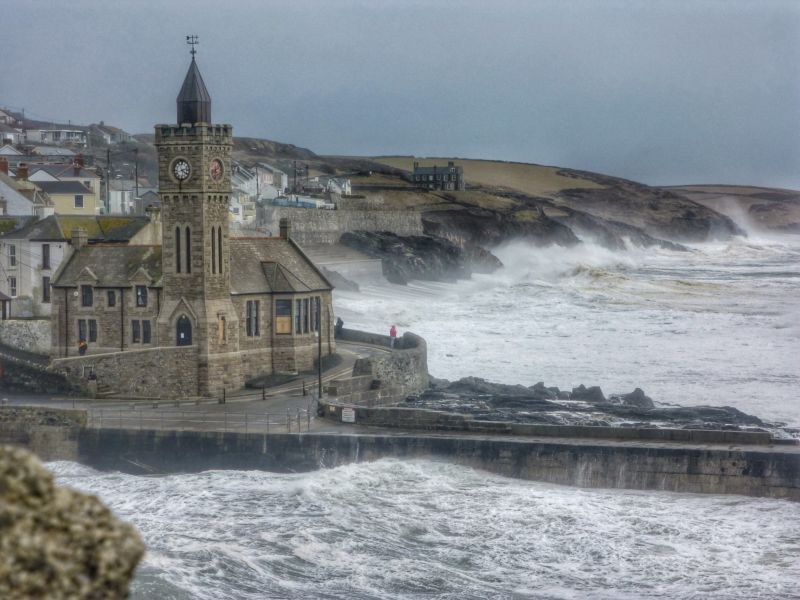It keeps going: 1 meter sea-level rise by 2300 is now inevitable

Enlarge (credit: Andrew Foster / Flickr)
Climate change is often discussed in reference to where things will be in 2100, but the story obviously doesn't end that year. Sea-level rise in particular has an impressive amount of inertia, and a very long time will pass before it has played out fully. What will our emissions have set in motion on longer time scales?
Projecting sea-level rise in the year 2100 is difficult enough, partly because the behavior of the world's ice sheets and glaciers is varied and complex, and partly because it depends in a big way on how much greenhouse gasses we continue emitting. Take future emissions off the table, though, and it's possible to think about what happens out to 2300.
The future is realThat's what a team led by Alexander Nauels did in an analysis based on a combination of our past emissions and the current Paris Agreement pledges for emissions through 2030. Nauels and his colleagues used a simple mathematical model calibrated against the results published in the most recent IPCC report. Rather than running a massive global simulation on a supercomputer, they calculated the relationship between emissions and sea-level rise in previous simulations-which projected out to the year 2300. This also allowed them to quickly process multiple variations of their question.
Read 9 remaining paragraphs | Comments